After the common cold, tooth decay is said to be mankind’s second most common disease. Because the mouth is a primary entryway into the body, bacteria caused by poor oral health, can easily enter the bloodstream and cause infection and inflammation wherever it spreads. From arthritis to dementia and cardiovascular disease to diabetes—all these ailments, and many more, have been associated with poor oral health.
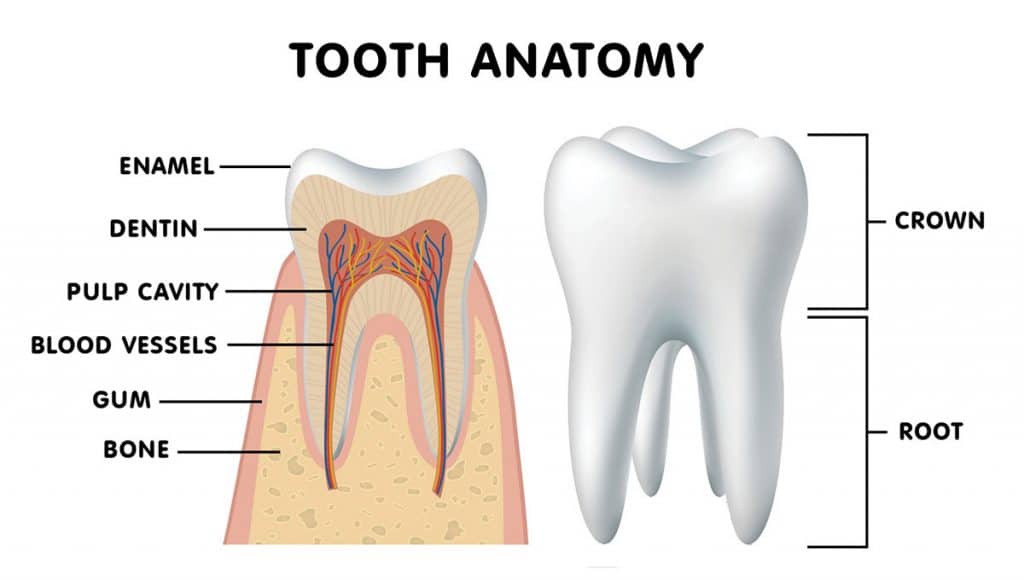 Even so, that millimeter of enamel making up the outer part of the tooth is the hardest substance of the human body and can outlast even the human skeleton when interred. In fact, the oldest vertebrate fossil relics going back 500 million years are teeth. Despite these details, teeth can be surprisingly fragile and prone to decay.
Even so, that millimeter of enamel making up the outer part of the tooth is the hardest substance of the human body and can outlast even the human skeleton when interred. In fact, the oldest vertebrate fossil relics going back 500 million years are teeth. Despite these details, teeth can be surprisingly fragile and prone to decay.
Our teeth and gums, so often taken for granted, have until as recently as the mid-twentieth century, a very interesting and painful past.
A Toothless History
Tooth decay is not merely a modern disease; scientists have discovered mankind has suffered from dental disease throughout history. During the early years of human history, evidence shows ancient hunter-gatherers did not suffer too greatly from tooth decay. Rather, the shift in poor oral health occurred with the transition to agricultural societies and the introduction of crops that were high in carbohydrates and sugars. The consumption of these bacteria-causing foods destroyed tooth enamel.
That change in diet was the beginning of centuries of barbarous dentistry and a mouthful of pain.
Young or old, rich or poor—no one was immune to the ravages of toothaches, swollen bleeding gums, and tooth loss. It wasn’t until the reign of Louis XIV in the early 17th century, when fashionable society demanded—more for appearance than for eating—solutions for missing teeth. With that, Pierre Fauchard, who was to be called the “Father of Dentistry,” introduced a new era of dental care. He not only practiced more humane tooth extraction, he also developed the first dental drill and methods for filling cavities, learned to fill a root canal, and introduced a spring to the upper portion of his ivory-carved dentures to keep them in place.
 Still, with these advances in dentistry, tooth loss and decay persisted. Since ancient times, it was widely thought that toothaches were caused by worms that destroyed teeth. It wasn’t until 1890, when a dentist named Willoughby Miller identified that tooth decay was caused by a certain type of bacteria that thrives on sugar, creating an acid that ate away at tooth enamel.
Still, with these advances in dentistry, tooth loss and decay persisted. Since ancient times, it was widely thought that toothaches were caused by worms that destroyed teeth. It wasn’t until 1890, when a dentist named Willoughby Miller identified that tooth decay was caused by a certain type of bacteria that thrives on sugar, creating an acid that ate away at tooth enamel.
But preventing tooth decay was still a mystery.
Brown-Stained Teeth
Dentists in Colorado wondered why their patients had mottled, discolored teeth. The cause of the brown-stained tooth enamel, it was discovered, was from high levels of fluoride in the water supply. Dr. Frederick McKay, the dentist spearheading this research, found that teeth afflicted by the “Colorado Brown Stain,” as it was called, were surprisingly resistant to decay.

Fluoride, which is a component of tooth enamel, is also found naturally in many foods we eat and is detected in water supplies around the world—as it was in water supplies to the small Colorado towns of Dr. McKay’s research. At low concentrations, fluoride can be beneficial to healthy teeth. However, too much exposure can have adverse effects, such as dental fluorosis, which causes tooth enamel to become mottled and stained.
Fluoride in Water and Other Sources
By the early 1930s, Dr. H. Trendley Dean, head of the Dental Hygiene Unit at the National Institute of Health (NIH) began investigating the prevalence of dental fluorosis, and exposure to fluoride in drinking water. After considerable debate, on the afternoon of January 25, 1945, powdered sodium fluoride was added to the Grand Rapid’s municipal water supply in Michigan.

Dentists stress that fluoride strengthens the tooth enamel, making it more resistant to tooth decay and thereby can greatly help dental health. However, most people now receive fluoride in their dental products, such as toothpaste, gels, and mouth rinses.

 Financing for The Clean Water SRF Program helps municipalities with federal and state compliance water-quality requirements, focusing on stormwater and watershed management priorities, and green infrastructure. The Drinking Water SRF Program, provides low-interest loans to communities to improve their drinking water safety and water supply infrastructure.
Financing for The Clean Water SRF Program helps municipalities with federal and state compliance water-quality requirements, focusing on stormwater and watershed management priorities, and green infrastructure. The Drinking Water SRF Program, provides low-interest loans to communities to improve their drinking water safety and water supply infrastructure.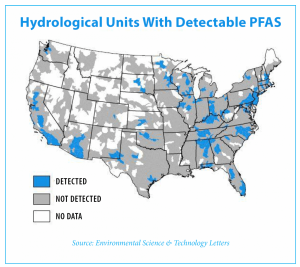 According the Environmental Protection Agency (EPA), all these UCMR 3 PFAS compounds have been detected in public water supplies across the US. Since PFAS are considered emerging contaminants, there are currently no established regulatory limits for levels in drinking water. However, in 2016, the EPA set Health Advisory levels (HA) of 0.07 micrograms per liter (µg/L) or 70 parts per trillion (ppt) for the combined concentrations of two PFAS compounds, PFOS and PFOA.
According the Environmental Protection Agency (EPA), all these UCMR 3 PFAS compounds have been detected in public water supplies across the US. Since PFAS are considered emerging contaminants, there are currently no established regulatory limits for levels in drinking water. However, in 2016, the EPA set Health Advisory levels (HA) of 0.07 micrograms per liter (µg/L) or 70 parts per trillion (ppt) for the combined concentrations of two PFAS compounds, PFOS and PFOA.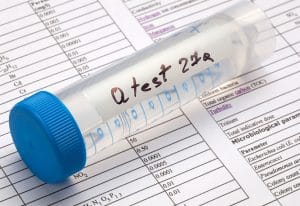 The EPA also recommends that treatment be implemented for all five PFAS when one or more of these compounds are present.
The EPA also recommends that treatment be implemented for all five PFAS when one or more of these compounds are present. Most research on the effects of PFAS on human health is based on animal studies. And, although there is no conclusive evidence that PFAS cause cancer, animal studies have shown there are possible links. However, PFAS ill-health effects are associated with changes in thyroid, kidney and liver function, as well as affects to the immune system. These chemicals have also caused fetal development effects during pregnancy and low birth weights.
Most research on the effects of PFAS on human health is based on animal studies. And, although there is no conclusive evidence that PFAS cause cancer, animal studies have shown there are possible links. However, PFAS ill-health effects are associated with changes in thyroid, kidney and liver function, as well as affects to the immune system. These chemicals have also caused fetal development effects during pregnancy and low birth weights.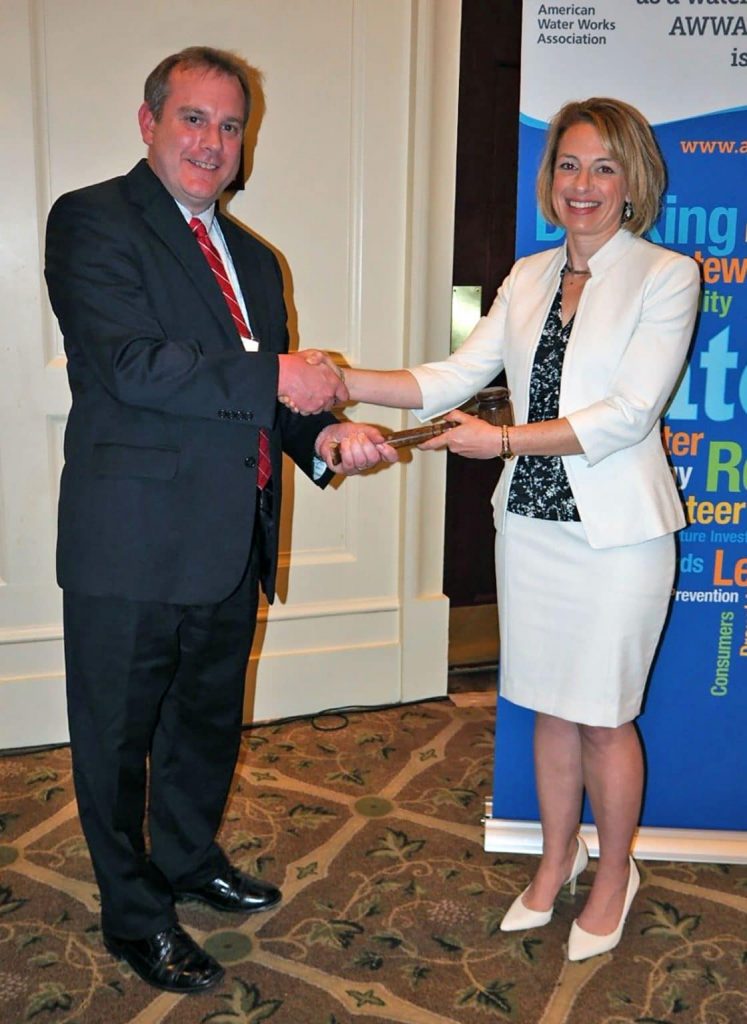

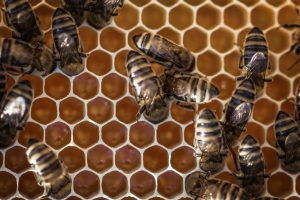
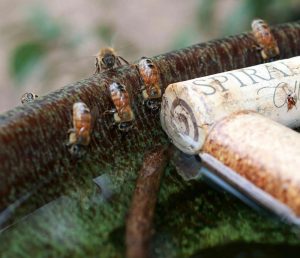
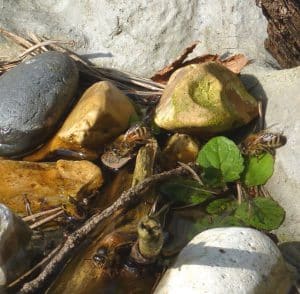
 While there are many obvious things not to flush down the toilet, an astonishing amount of non-flushable wipes, paper products, dental floss, and other dispensable hygiene products are flushed down toilets every day. This has contributed to cities and municipalities dealing with chronic clogged sewer systems and expensive wastewater treatment maintenance, not to mention homeowners who face the inconvenient problem of having a toilet back up in their home.
While there are many obvious things not to flush down the toilet, an astonishing amount of non-flushable wipes, paper products, dental floss, and other dispensable hygiene products are flushed down toilets every day. This has contributed to cities and municipalities dealing with chronic clogged sewer systems and expensive wastewater treatment maintenance, not to mention homeowners who face the inconvenient problem of having a toilet back up in their home.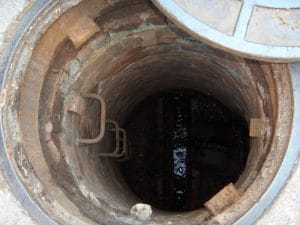 Even though many items can be flushed down the toilet, it’s misleading to believe that everything is ‘flushable’ and safe for our sewer systems and environment. The journey is just beginning when that swirling eddy of water makes everything in the toilet bowl disappear.
Even though many items can be flushed down the toilet, it’s misleading to believe that everything is ‘flushable’ and safe for our sewer systems and environment. The journey is just beginning when that swirling eddy of water makes everything in the toilet bowl disappear.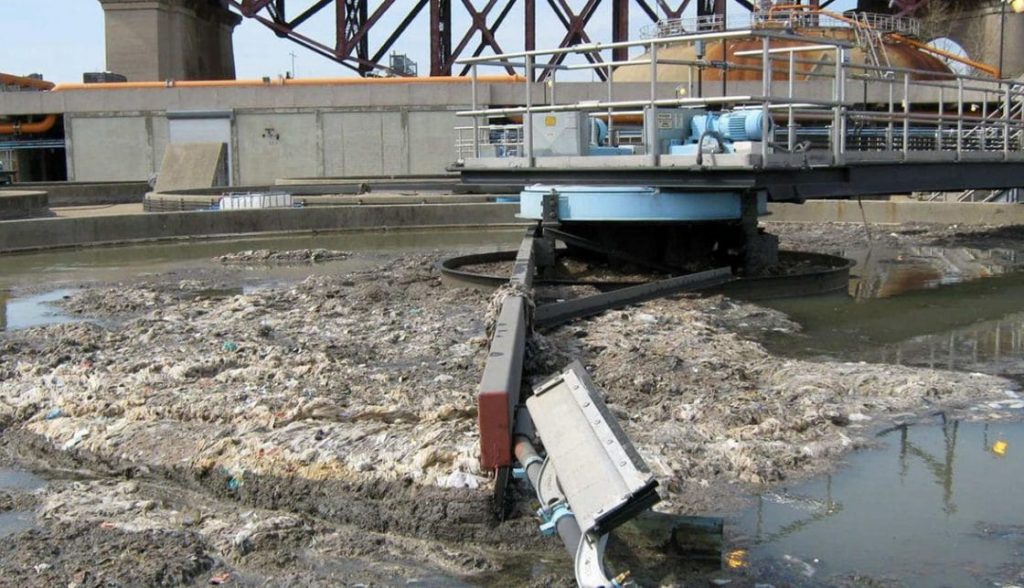
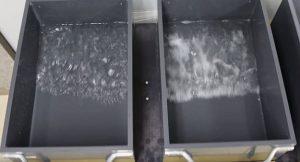 The slosh test checks the potential for wipes to break down in water during agitating conditions. A box containing water and one or more wipes tips back and forth, slowly and repeatedly “sloshing” the wipes for three hours. All fibers from the test are strained from the slosh box and then poured through a 12½-millimeter sieve (consistent with industry guidelines) and rinsed for two minutes to measure the percentage of fiber material that passes through the sieve.
The slosh test checks the potential for wipes to break down in water during agitating conditions. A box containing water and one or more wipes tips back and forth, slowly and repeatedly “sloshing” the wipes for three hours. All fibers from the test are strained from the slosh box and then poured through a 12½-millimeter sieve (consistent with industry guidelines) and rinsed for two minutes to measure the percentage of fiber material that passes through the sieve.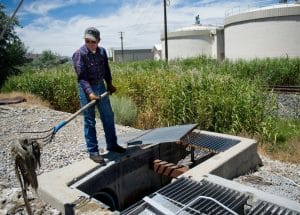 Private and municipal sewer system operators end up sifting through what’s left in the wastewater to clear these obstructions—often costing millions of dollars to maintain and repair.
Private and municipal sewer system operators end up sifting through what’s left in the wastewater to clear these obstructions—often costing millions of dollars to maintain and repair.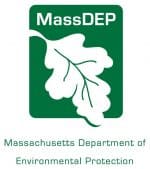
 MA (ACEC/MA) for the Long Pond Water Filtration Facility in Falmouth, MA. The award was presented at ACEC/MA ceremony and gala held on March 14, 2018 at the Royal Sonesta in Cambridge, Massachusetts.
MA (ACEC/MA) for the Long Pond Water Filtration Facility in Falmouth, MA. The award was presented at ACEC/MA ceremony and gala held on March 14, 2018 at the Royal Sonesta in Cambridge, Massachusetts.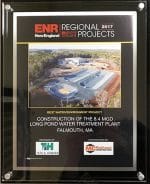 Engineering-News Record (ENR) New England announced in December 2017, their Regional Best Projects Winners. Methuen Construction, the contractor for the construction of this facility, was awarded two Best Projects awards: Water / Environment – Best Project and Excellence in Safety – Best Project (highest honors). Projects were evaluated on the ability of the project team to overcome challenges, contribution to the industry and community, safety and construction, and design quality.
Engineering-News Record (ENR) New England announced in December 2017, their Regional Best Projects Winners. Methuen Construction, the contractor for the construction of this facility, was awarded two Best Projects awards: Water / Environment – Best Project and Excellence in Safety – Best Project (highest honors). Projects were evaluated on the ability of the project team to overcome challenges, contribution to the industry and community, safety and construction, and design quality. Municipal water treatment and distribution requires an exorbitant amount of resources, wreaking havoc on the environment and on budgets. And it’s getting worse. Over the past several years, operating costs have consistently been on the rise, while municipal budgets continue to shrink. In addition, regulatory requirements are increasing, forcing municipalities to upgrade treatment processes ahead of schedule. These changes result in limited unsustainable systems and utilities scrambling to find ways to manage their insufficient operational budgets while maintaining levels of service. The good news is that low-cost initiatives exist that can provide quick and significant cost and environmental savings and increase system sustainability.
Municipal water treatment and distribution requires an exorbitant amount of resources, wreaking havoc on the environment and on budgets. And it’s getting worse. Over the past several years, operating costs have consistently been on the rise, while municipal budgets continue to shrink. In addition, regulatory requirements are increasing, forcing municipalities to upgrade treatment processes ahead of schedule. These changes result in limited unsustainable systems and utilities scrambling to find ways to manage their insufficient operational budgets while maintaining levels of service. The good news is that low-cost initiatives exist that can provide quick and significant cost and environmental savings and increase system sustainability.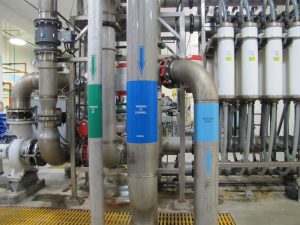

 Efficiency and sustainability are no longer considered luxuries for water systems. Rather, incorporating green initiatives into infrastructure design and operational standards has become crucial to the future sustainability of water systems. And while utilities today value cost-effectiveness over environmentalism due to the criticality of their budgets, there will likely be a shift in thinking as these systems ease the burden of their unsustainable operational costs through effective practices such as efficiency and water loss reduction.
Efficiency and sustainability are no longer considered luxuries for water systems. Rather, incorporating green initiatives into infrastructure design and operational standards has become crucial to the future sustainability of water systems. And while utilities today value cost-effectiveness over environmentalism due to the criticality of their budgets, there will likely be a shift in thinking as these systems ease the burden of their unsustainable operational costs through effective practices such as efficiency and water loss reduction.